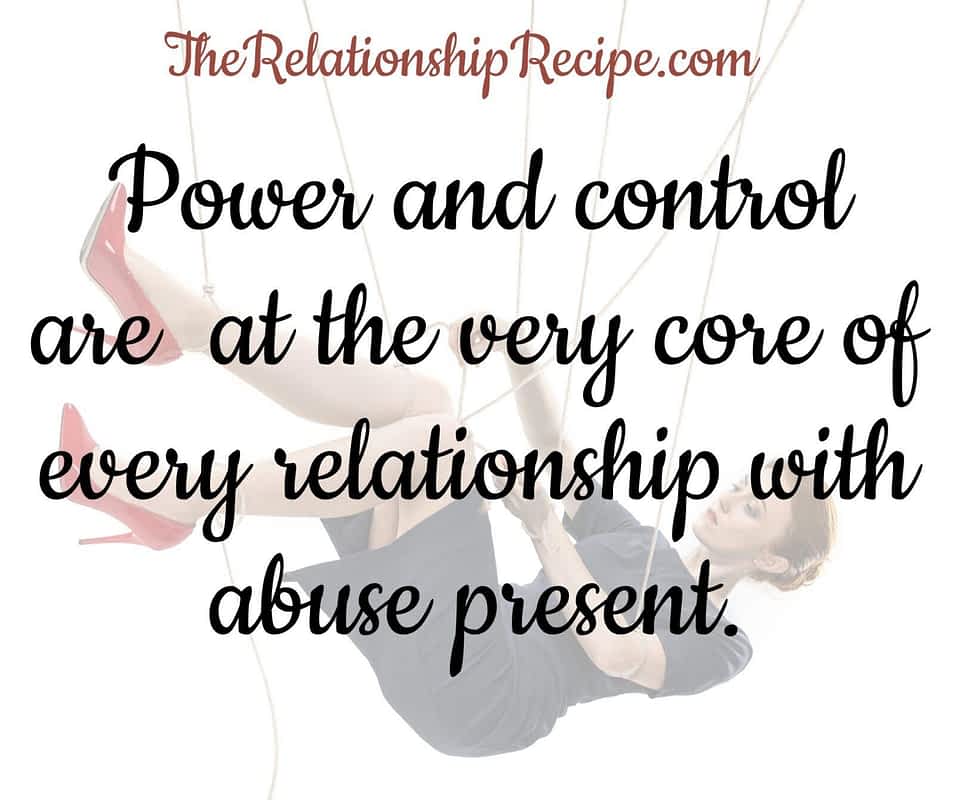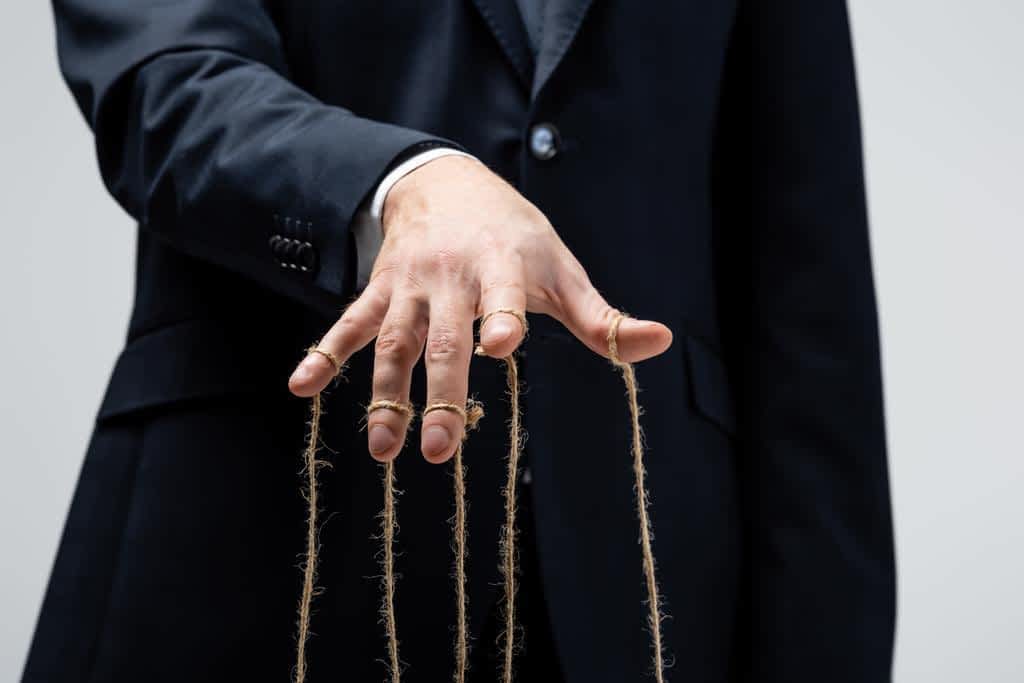Power and Control: The Absolute Core of Abusive Relationships
Abusive relationships aren’t only anger, love gone wrong, or stress. They’re about power and control, plain and simple. Every time I dig into the dynamics of abuse, the same theme keeps rearing it’s ugly head: domination in relationships is no accident. It’s intentional. It’s calculated. It’s one person systematically breaking another down to maintain control.
Whether it’s emotional manipulation, subtle gaslighting, or straight-up control freak partner red flags, these aren’t “bad habits” – they’re deliberate tools of psychological control in toxic relationships. Power struggles and abuse don’t just happen. They’re created, fueled, and sustained by someone who needs to be in charge at all costs.
🔍 Key Highlights
- What really hides behind “I’m just trying to help”
- How love turns into surveillance—and why it works
- The invisible chains: control that doesn’t leave bruises
- Why some people mistake control for care (and who benefits)
- The uncomfortable reason abuse keeps getting a free pass

How Power and Control Show Up in Abusive Relationships
Power and control aren’t side effects of abuse: they are the abuse. Every toxic relationship has the same sick engine driving it: one person’s need to dominate, manipulate, and own the other.
This isn’t about love gone sour or a rough patch. It’s about physcial, emotional, and psychological control in toxic relationships where one partner plays puppet master and the other slowly loses their voice.
Here’s how power and control show up loud and clear in abusive behavior:
🚩Using Physical Force to Instill Fear and Compliance
Let’s start with the most obvious (and most terrifying) form of control: physical violence. When an abuser uses force, it’s not just about hurting someone. It’s about sending a crystal-clear message: “I have the power here, and you don’t.” Whether it’s actual physical harm or just the looming threat of it, the goal is the same – fear-based obedience.
And it works. When someone knows a shove, slap, or worse might follow any disagreement, they start tiptoeing around the abuser. They stop arguing. They try to “keep the peace.” That fear creates a power imbalance so strong, it bleeds into every part of the relationship.
The abuser doesn’t need to raise a fist every time. The memory of the last time is often enough to keep their partner compliant. That’s what makes it so effective, and so dangerous. This is domination in relationships at its most brutal.
Physical abuse also gives the abuser a sick kind of backup plan. If their emotional manipulation fails, they know they can always resort to violence. It reinforces every other form of control they use. And for the victim it creates a living environment based on walking on eggshells and never feeling safe.

🚩Emotional Abuse and Covert Manipulation
Some of the most effective control tactics to assert domination in relationships don’t leave marks; they leave people questioning their worth. Undermining a victim’s self-esteem through constant criticism, passive-aggressive jabs, and emotional manipulation is classic abuse 101.
It usually starts small. A little insult disguised as “just joking.” A backhanded compliment. A snide comment about their intelligence, weight, friends, or career. Over time, this steady drip of negativity rewires the victim’s self-image. They start to wonder if they’re actually too sensitive, too needy, not good enough. Spoiler: they’re not.
This kind of psychological control in toxic relationships is incredibly effective because it breaks the victim down mentally and emotionally. When someone feels worthless, they’re a lot easier to control. They stop fighting back. They second-guess their gut. They start leaning on the abuser for validation—because they’ve been convinced no one else would “put up with them.”
It’s manipulation dressed up as concern, sarcasm, or “tough love.” And make no mistake: it keeps the power struggle firmly in the abuser’s favor. The victim stays submissive not because they want to, but because they’ve been emotionally trained to.

🚩Gaslighting, Intimidation, and Psychological Control in Toxic Relationships
Gaslighting isn’t just a buzzword; it’s a full-blown mind game with one goal: make the victim doubt their own reality so the abuser stays in control.
The abuser will lie, deny, twist facts, and rewrite history until the victim’s completely disoriented. “That never happened.” “You’re being dramatic.” “You always overreact.” Sound familiar? That’s not a disagreement – that’s psychological control in a toxic relationship.
This tactic works because once the victim starts doubting their memory, their perception, even their sanity, they become easier to manipulate. They stop trusting themselves and start relying on the abuser to define what’s real. That’s power on a whole different level.
Add in intimidation like aggressive body language, veiled threats, or the classic death stare, and you’ve got a fear-and-confusion cocktail that traps the victim in constant anxiety. They’re stuck in a loop of second-guessing and walking on eggshells.
These aren’t random behaviors. They’re part of a calculated system of power and control. This is domination in relationships with a psychological twist: less visible, but every bit as damaging as physical abuse.

🚩Financial Control: Turning Money Into a Weapon
You don’t need fists or insults to trap someone – you just need to control the money. Financial abuse is one of the most underrated, overlooked forms of power and control in abusive relationships, but it’s devastatingly effective.
Here’s how it plays out: the abuser either restricts the victim’s access to money completely or monitors every cent they spend. They might force them to quit their job, block them from having their own bank account, or demand receipts like a controlling accountant on a power trip. Suddenly, the victim has no financial freedom, no autonomy, and no way out.
If you can’t afford to leave, you can’t leave. Financial dependence keeps the victim stuck right where the abuser wants them. It’s not just about money; it’s another avenue for domination in relationships. When one person holds the purse strings, they hold all the cards.
And even if the victim is allowed to work, the control freak partner red flags still show up: withholding paychecks, sabotaging job opportunities, or guilt-tripping them for “neglecting the family” if they try to gain independence.
It’s strategic, cruel, and extremely common. Financial abuse keeps victims locked into toxic dynamics long after the love (and safety) is gone.

🚩Physical Coercion: Dominating the Body to Control the Person
When an abuser uses intimacy as a weapon, it’s not about desire, it’s full-on dominance. Coercing or outright forcing intimate acts is one of the most violating forms of abuse, and it strikes at the core of the victim’s autonomy.
The abuser might guilt-trip, manipulate, or threaten until the victim gives in. Or worse, they don’t even bother asking. The goal is to remind the victim, in the most invasive way possible, “Your body isn’t yours – it’s mine.”
This kind of abuse reinforces power and control by stripping away a basic human right: consent. And when someone’s ability to say no has been shattered, it doesn’t just affect their bedroom life, it affects everything. It’s domination in relationships at its most personal and dehumanizing.
To be clear: coercion for physical intimacy isn’t always physical force. It can look like relentless pressure, silent treatment, threats of being unfaithful, or “you’d do this if you really loved me.” These tactics work because they’re laced with emotional manipulation and fear, keeping the victim submissive and trapped.
This isn’t a “bad night” or “mixed signals.”

🚩Isolation: Cutting Off the Lifelines
One of the smartest (and nastiest) tactics abusers use is isolation, because if no one’s around to call out the red flags, it’s a whole lot easier to keep the victim under control.
Abusers slowly start cutting the victim off from family, friends, coworkers, anyone who might say, “Hey, this doesn’t seem right.” It starts with subtle digs: “Your mom doesn’t really like me.” “Why do you spend so much time with your friends instead of me?” Then it ramps up: guilt trips, passive-aggressive ultimatums, or flat-out forbidding contact.
The result is the victim’s entire support network shrinks until they feel like the abuser is the only person they can rely on. This fits perfectly into the abuser’s psychological control in toxic relationships playbook. When you’re isolated, you’re more vulnerable, easier to manipulate, and less likely to challenge the control freak partner running the show.
Isolation also helps maintain the illusion. No one’s around to see the bruises, hear the cruel comments, or witness the emotional whiplash. The abuser can keep their image squeaky clean while keeping their partner trapped and dependent behind closed doors.
This isn’t love. This is strategy. It’s one of the clearest examples of power struggles and abuse, where the abuser removes anything or anyone that might threaten their control.

🚩Verbal Abuse: Death by a Thousand Insults
Words can cut just as deep as fists – sometimes deeper. Using words to belittle, demean, and control isn’t just someone “being mean” or “having a temper.” It’s a calculated form of abuse, and it’s incredibly effective at wearing a person down from the inside out.
Constant criticism, name-calling, mockery, and put-downs aren’t random outbursts; they’re tools. The goal is to strip the victim of their self-esteem piece by piece until they don’t even recognize themselves. If you hear “You’re worthless,” “You’re lucky I put up with you,” or “No one else would ever want you” enough times, you start to believe it.
And once that belief sets in, the control is complete.
This kind of domination in relationships keeps the victim submissive and full of self-doubt. It’s emotional sandpaper, grinding down boundaries, confidence, and any sense of independence the victim once had. They stop speaking up. They stop pushing back. They internalize the abuse as truth.
For the abuser, it’s a power move. An ongoing way to dominate the relationship and maintain emotional control without laying a hand on anyone. It’s one of the clearest control freak partner red flags, and one of the hardest forms of abuse to spot from the outside because the wounds are invisible.

🚩Digital Domination: Controlling Every Click and Text
Think abuse stops at the front door? Think again. These days, controlling access means keeping tabs on every text, post, and ping. Monitoring or controlling the victim’s online activities isn’t just creepy, it’s a powerful way abusers maintain constant surveillance and control over their partner’s social life.
Whether it’s scrolling through messages, or blowing up their phone to “check in,” this digital domination is a textbook example of psychological control in toxic relationships. The abuser uses technology to isolate and suffocate, making sure the victim’s contacts are always visible and easy to police.
This constant monitoring chips away at trust and independence, reminding the victim: “You don’t get to have a life outside of me.” It’s one of the sneakiest control freak partner red flags because it hides behind “concern” or “love,” but really, it’s about power and control pure and simple.
When you’re under this kind of digital microscope, even a simple text can feel like crossing a line, making the victim walk on eggshells in both real life and online.

🚩Weaponizing the Law: Abuse That Drags On
Some abusers don’t just control behind closed doors: they manipulate legal systems to keep the victim trapped and worn down. Filing false reports, dragging out court battles, or using custody fights as a power play isn’t just annoying – it’s a deliberate tactic to harass, intimidate, and exhaust the victim emotionally and financially.
This kind of abuse is a sneaky, high-stakes form of power and control. The abuser weaponizes bureaucracy and legal red tape to create endless stress, confusion, and fear. The victim gets stuck in a draining cycle of hearings, lawyers, and paperwork, all while the abuser maintains the upper hand.
It’s psychological warfare disguised as “playing by the rules,” and it’s brutal. The victim often ends up feeling powerless, overwhelmed, and completely drained. This tactic reinforces the larger power struggles and abuse dynamic, where control extends far beyond the personal and into every corner of the victim’s life.
If you think abuse stops at physical or emotional harm, think again. Sometimes, it’s the system itself that gets twisted into a tool of domination.

🚩A Relentless Pattern: Threats, Humiliation, and Total Domination
Abuse isn’t usually a one-time thing – it’s a pattern of behavior designed to keep the victim under constant control. That pattern often looks like a toxic cocktail of threats, humiliation, and other manipulative tactics all aimed at dominating every part of the victim’s life.
Threats aren’t just empty words. They’re promises of pain, loss, or worse if the victim doesn’t fall in line. Humiliation chips away at their confidence and self-worth, making them question themselves daily. This ongoing pressure keeps the victim stuck in survival mode, walking on eggshells, always second-guessing their next move.
This is the foundation of power struggles and abuse where the abuser’s goal is clear: maintain dominance no matter the cost.
When these tactics pile up, it’s not just a bad relationship; it’s a controlling, psychologically abusive trap. And breaking free means recognizing this pattern for what it really is: a system built on fear and control.

Power Struggles and Abuse: The Normalization of Control
One of the most sneakiest parts of an abusive relationship is the way power struggles slowly start to feel like everyday life. Abusers are masterful at rewriting the narrative. They’ll frame their control as “responsibility,” their jealousy as “protection,” and their micromanaging as “just trying to help.”
It’s gaslighting dressed in a costume of fake concern.
Over time, the victim stops seeing the red flags because the abuser has built an entire environment where their control looks reasonable… even loving. “I only check your phone because I care.” “I don’t want you hanging out with them because they’re a bad influence.” It sounds protective. It feels like care. But it’s not. It’s calculated manipulation dressed up as devotion.
This normalization is how abusers tighten the leash without the victim realizing it. When domination in relationships is disguised as love or leadership, it’s harder for the victim to call it what it really is: abuse.
And that’s the trap. If you start to believe the abuse is just how relationships work, you stop fighting it. You start accepting control as part of the deal.

The Pattern of Domination in Relationships
When you look at abusive relationships from a woman’s perspective, it’s impossible to ignore the bigger picture. Power and control aren’t just personal issues; they’re symptoms of a much deeper, systemic problem. This isn’t just about “bad relationships” – it’s how a society that still hands men power by default and tells women to shrink themselves.
Feminist theory has been calling this out for decades. It shows us how traditional gender roles, like the idea that men should lead and women should submit, create fertile ground for power struggles and abuse to thrive. When certain men are raised to see women as less-than, as property, it’s no surprise some grow up believing control is their right.
This is where domination in relationships stops being an individual failing and starts looking a lot more like a cultural script. One that teaches boys that power is masculine, and girls that love means sacrifice.
Unfortunately, you don’t dismantle that kind of mindset with individual therapy alone. Addressing power and control in abusive relationships takes collective action. It means pushing back against the toxic norms, and fighting like hell for equality.
Because until we deal with the system that enables abuse, all we’re doing is mopping the floor while the faucet’s still running.

Wrapping Up: Power and Control Are the Core of Domination in Relationships
Power and control aren’t just tactics used by abusers – they are the foundation of abuse itself. They’re what keep the cycle going, what keep victims stuck, and what make so many abusive relationships hard to recognize from the inside.
If you want to confront abuse, you have to name it. You have to understand how it hides, not just in bruises or shouting matches, but in financial control, gaslighting, guilt trips, isolation, and emotional beatdowns disguised as “love.” That’s the real power dynamic at play. It’s not always loud. Sometimes, it’s quiet and suffocating.
Recognizing these less obvious forms of control is where real change starts. Empowerment isn’t just about leaving; it’s seeing clearly the situation for what it really is. It’s unlearning the toxic scripts, trusting your instincts, and refusing to accept domination in relationships as normal.
But personal awareness isn’t enough. If we want to break this cycle for good, we have to challenge the system that feeds it. That means pushing back against outdated gender roles, speaking up for survivors, and tearing down the structures that let control thrive in the first place.
Power and control fuel abuse. Naming it, facing it, and changing it – that’s how we stop it.

Thank you for reading this post, don't forget to subscribe!







